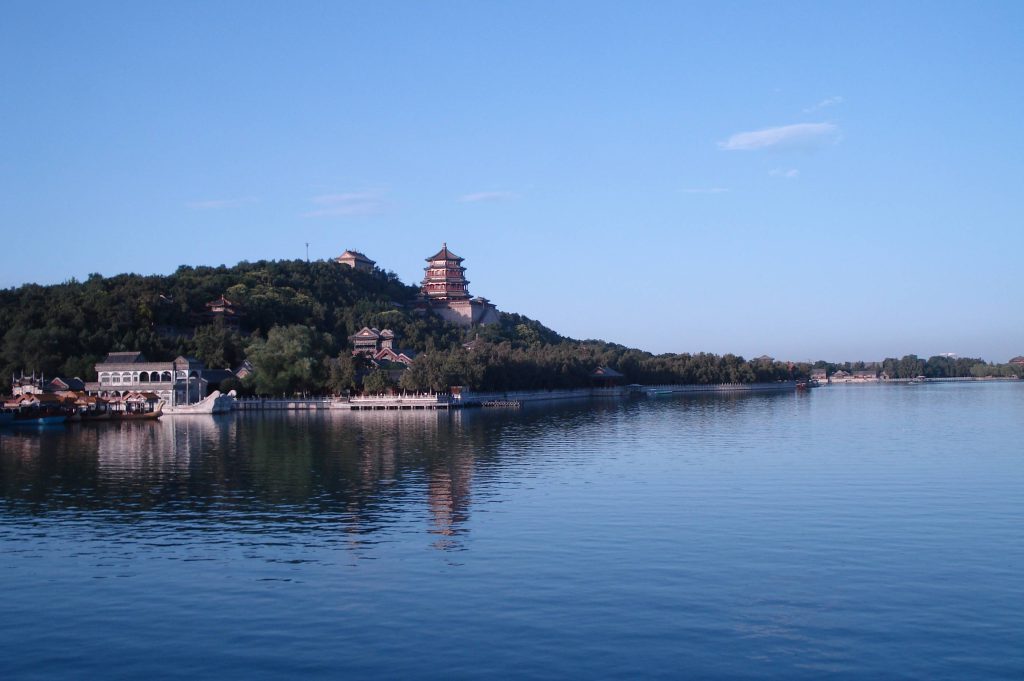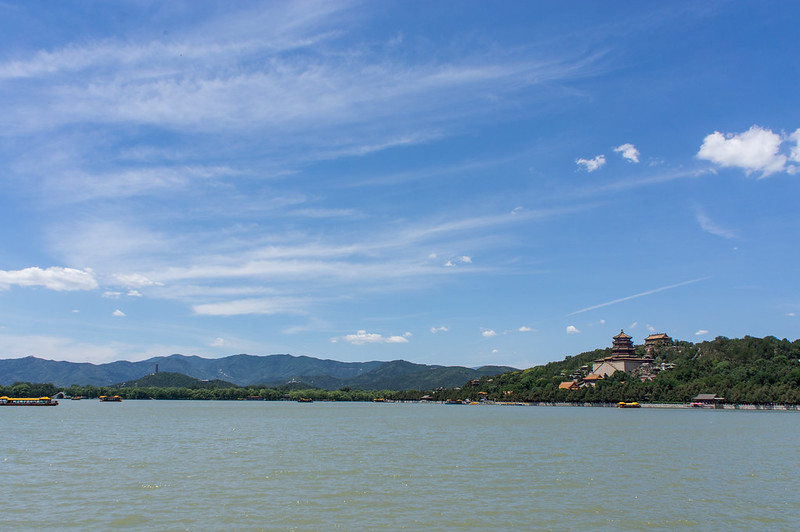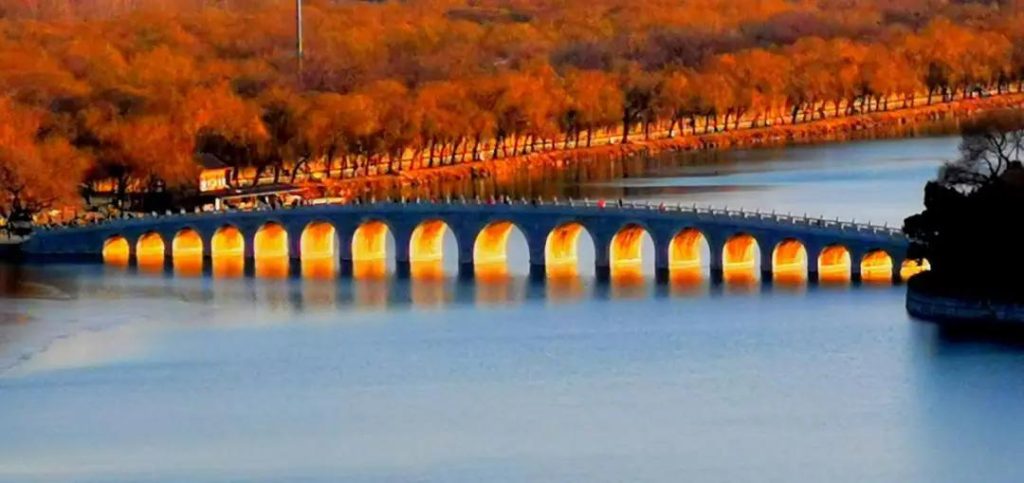 sales@vipmytour.com
sales@vipmytour.com 8618611354735
8618611354735
Summer Palace: The Largest and Most Well-Preserved Royal Garden in China

The Summer Palace was originally the palace and garden of the Qing Dynasty emperors. Its predecessor, the Garden of Clear Ripples, was one of the last gardens to be built among the Three Hills and Five Gardens (Three Hills refers to Wanshou Mountain, Xiangshan Mountain, and Yuchuan Mountain. The Three Hills were built into three gardens: Jingmingyuan, Jingyiyuan, and the Summer Palace). In addition to the nearby Changchunyuan and Yuanmingyuan, these gardens were collectively known as the Five Gardens. The Summer Palace was constructed between 1750 and 1764, covering an area of 290 hectares, with water accounting for about three-quarters of this area.
Before Qianlong ascended the throne, four large royal gardens had already been established in the western suburbs of Beijing, spanning from Haidian to Xiangshan. These gardens lacked organic links between each other, with the middle area known as "Urn Mountain Moorings" remaining open.
In the fifteenth year of Qianlong's reign (1750), Emperor Qianlong converted this area into the Garden of Clear Ripples, which became the center of four gardens on either side of it. This formed a royal garden area stretching 20 kilometers from the present Qinghua Garden to Fragrant Hill. However, in the tenth year of Xianfeng's reign (1860), the Garden of Clear Ripples was burned down by the British and French forces. In the fourteenth year of Guangxu's reign (1888), Empress Dowager Cixi used 30 million taels of silver, ostensibly raised for the Navy, to rebuild the garden and renamed it the Summer Palace, using it as a summer playground. By the twenty-sixth year of Guangxu's reign (1900), the Summer Palace was once again destroyed by the "Eight-Power Allied Forces," resulting in the loss of many buildings. It was restored in 1903.

During the periods of warlord rule and Kuomintang control, the Summer Palace continued to suffer damage. After liberation, it was consistently repaired and rejuvenated. On 4 March 1961, the Summer Palace was designated as a key cultural relics protection unit. On 2 December 1998, UNESCO included the Summer Palace in the Heritage List for its rich history and culture, beautiful natural environment, and excellent conservation and management work. It was hailed as "one of the powerful symbols of several civilizations." On 8 May 2007, it was officially approved by the National Tourism Administration as a national 5A tourist attraction. In 2009, the China Record Association selected it as one of China's surviving tourist sites.
The Summer Palace was the last of the Three Hills and Five Gardens to be built, covering an area of 290 hectares (4,400 acres), with water accounting for about three-quarters of it. The entire garden is centered around the 41-metre-high Buddha Incense Pavilion on Wanshou Mountain, with exquisite buildings such as halls, chambers, pavilions, and corridors configured according to different locations and terrains. A 728-metre-long corridor at the foot of the mountain links various buildings, green hills, and blue waves, showcasing clever design and rare garden artistry.

The main attractions of the garden are roughly divided into two major parts and three areas. The two main parts are the front mountain in front of the lake building and the back mountain behind the lake building. The three areas are:
- The political activity area represented by Renshou Hall, where Cixi and Guangxu engaged in internal affairs, diplomatic, and political activities at the end of the Qing Dynasty.
- The living area represented by Leshou Hall and other courtyards, where Cixi, Guangxu, and their consorts lived.
- The scenic excursion area composed of Wanshoushan and Kunming Lake.
The heavy corridors and compound halls create a unified, magnificent landscape.


